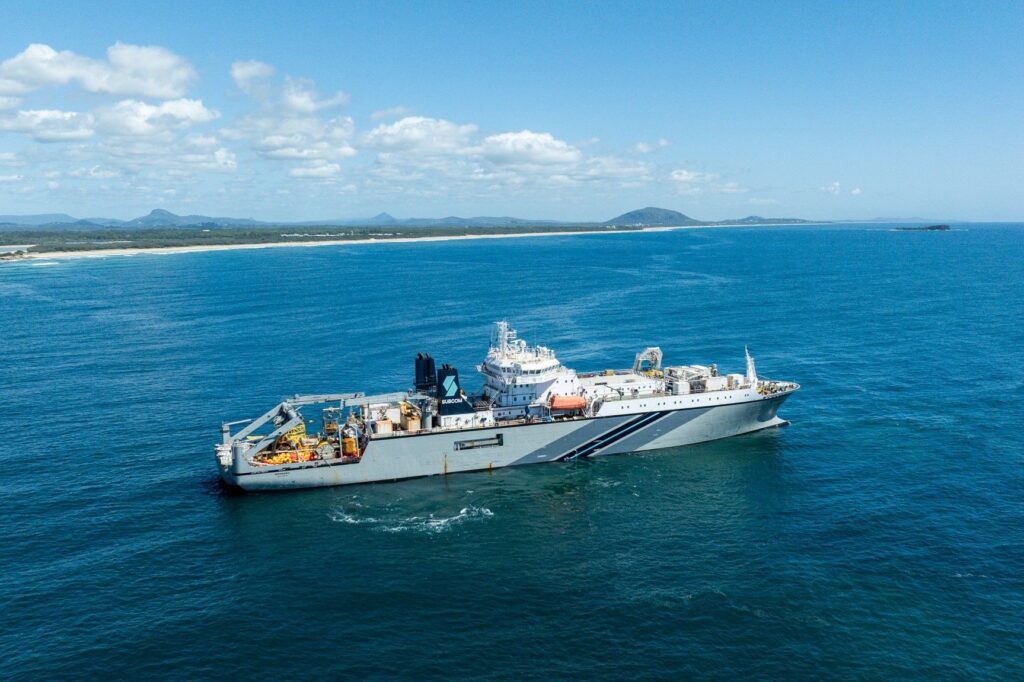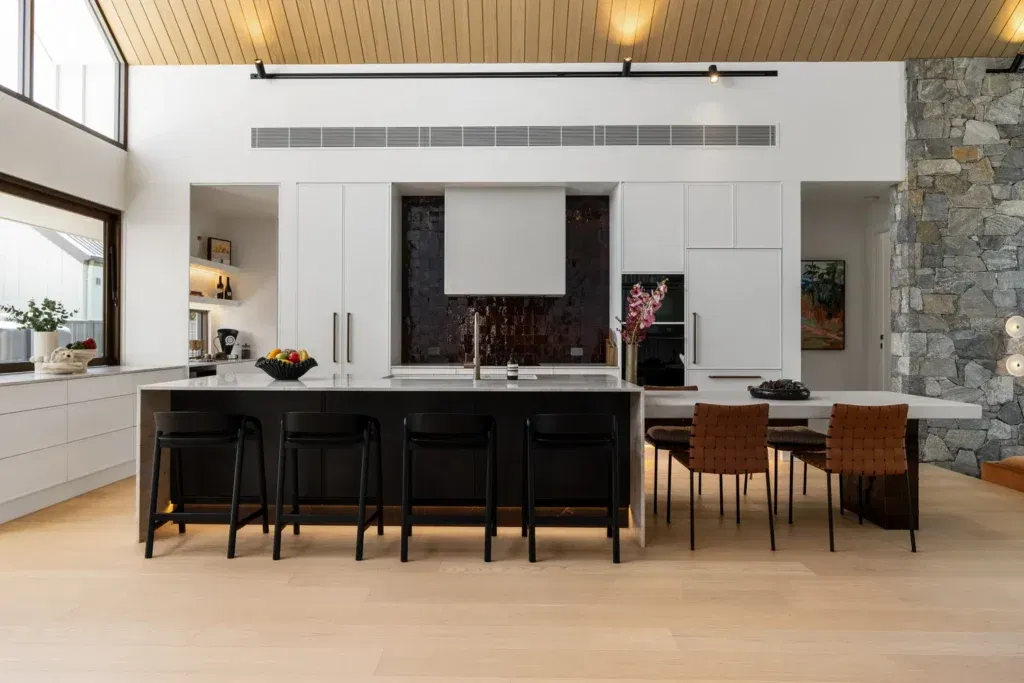
Adam Empringham,
Director of Sales at Image Property.
What Lays Ahead for Brisbane Property Market
By Adam Empringham, Image Property
At the tail-end of the year, it’s clear that the Brisbane property market was in fine shape indeed.
In fact, its median house price had increased four per cent over the year ending November, according to CoreLogic, which is a result few were predicting at the start of the year.
In further good news, the city’s annual and quarterly median house prices also swung back above $700,000 in the latest analysis from the REIQ.
Brisbane’s yearly median to September 2020 was $710,000, smashing through the $700,000 barrier set in June this year, according to the Queensland Market Monitor.

In addition, the September quarter median of $720,000 is well in advance of when it first breached the benchmark back in December quarter 2019 when it was $703,000.

Market resilience
As the year progressed, hard borders and quarantining saw Brisbane and Queensland more generally travel through the pandemic threat with few infections and a reasonably open local economy.
In addition, like many other centres, Brisbane sellers pulled their properties off the market and it’s this lack of stock which helped prop up prices during the darkest days of the lockdown.
On top of that, there’s no question that first home buyers are back in force, with activity strong from first-timers keen to gain a foothold in the Sunshine State’s capital city market.
According to the latest stats from the Australia Bureau of Statistics, the number of Queensland first home buyers are at their highest level in more than 11 years, which is a situation set to continue next year.
Investors had been on the sidelines somewhat this year, but they, too, are expected to make a robust come back next year, partly due to the once-in-a-generation interest rates on offer as well as the overall strength of the Brisbane rental market.
Of course, owner occupiers will remain the biggest part of our market next year, with many locals moving forward with their upgrading or downsizing plans now that the economic situation is clearer.
Brisbane is likely to welcome many more “locals” as well next year with interstate migration set to soar even further over the months and years ahead.
Not only does the River City market offer excellent value for money by comparison to southern cities, the pandemic motivated plenty of people to prioritise lifestyle which, of course, Brisbane has in spades.
Lifestyle in style
Lifestyle properties, including those with water views, semi-rural or acreage, will continue to be in strong demand next year in Brisbane.
Marketplaces on the outskirts of cities are also going to be ones to watch, which includes areas like Brisbane’s bayside suburbs where water and semi-rural also come into play.
Those sorts of market sectors are certainly going to be set for growth.
This will be driven by the fact that not everybody has to go into the office anymore and therefore they have more flexibility on where they can call “home”.
I also believe that Brisbane’s unit market is going to start firming, because of the affordable price points of property in this sector.
The purchase price of attached housing is now below its construction or replacement costs, which is usually a precursor of price growth.
This market sector has finally hit the bottom of the cycle, and I believe there have been plenty of lessons learned in Southeast Queensland over the past five to 10 years in relation to attached housing.
Another key factor for continued market growth is the appetite of lenders to help people rather than hinder them, which was particularly throughout COVID.
Lenders could have gone two ways, but they decided to go, “Let’s help, rather than hinder,” which set a new precedent.
They decided to look at things long-term rather than short-term, so, as long as they still play the game – plus the cost of money is as cheap as it’s ever been – that’s going to put the marketplace in good stead, too.


